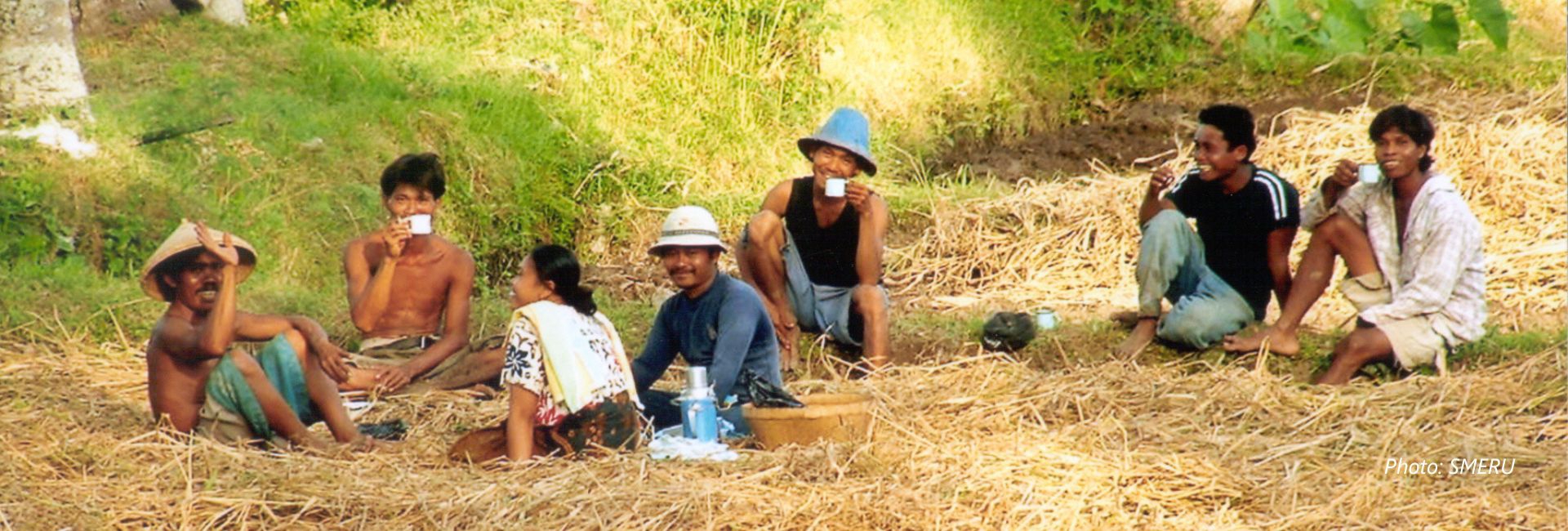This paper reports on a participatory study on poverty in a village in the Kabupaten (District of) Aceh Timur in 2008. Gampong Cahya is a village community almost entirely reliant on agriculture and thus highly vulnerable to economic and environmental shifts such as fuel price rises and agricultural pests. By engaging the Cahya community in the mapping of local welfare standards, causes of poverty, and potential solutions, this paper offers a local perspective on the broader regional issue of poverty in agricultural communities.
Drawing on focus group discussions, it maps community perceptions of welfare, institutional support, and economic and environmental vulnerabilities. Furthermore, focus groups are used to determine priorities for efforts to overcome poverty. This study finds that the community sees opportunities for more stable welfare levels through the development of unused lands, the provision of support for pest control, and the creation of sources for capital funding. In the longer term, expansion of educational and employment activities would reduce the community’s reliance on agriculture.
Gampong Cahya has access to a limited range of resources; the problem solving priorities and solutions determined by the community require some degree of external assistance, whether in the form of infrastructure, personnel, or capital investment. In this way, this research can help inform development priorities by focusing on the specific ways in which external agencies can engage with solutions to multidimensional poverty in agricultural communities.



